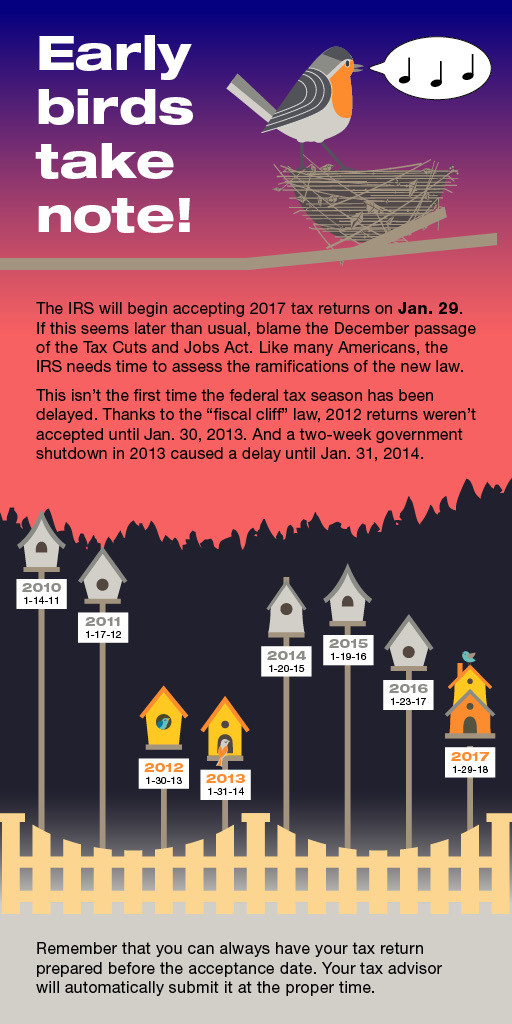Whether you had a child in college (or graduate school) last year or were a student yourself, you may be eligible for some valuable tax breaks on your 2017 return. One such break that had expired December 31, 2016, was just extended under the recently passed Bipartisan Budget Act of 2018: the tuition and fees deduction.
But a couple of tax credits are also available. Tax credits can be especially valuable because they reduce taxes dollar-for-dollar; deductions reduce only the amount of income that’s taxed.
Higher education breaks 101
While multiple higher-education breaks are available, a taxpayer isn’t allowed to claim all of them. In most cases you can take only one break per student, and, for some breaks, only one per tax return. So first you need to see which breaks you’re eligible for. Then you need to determine which one will provide the greatest benefit.
Also keep in mind that you generally can’t claim deductions or credits for expenses that were paid for with distributions from tax-advantaged accounts, such as 529 plans or Coverdell Education Savings Accounts.
Credits
Two credits are available for higher education expenses:
- The American Opportunity credit — up to $2,500 per year per student for qualifying expenses for the first four years of postsecondary education.
- The Lifetime Learning credit — up to $2,000 per tax return for postsecondary education expenses, even beyond the first four years.
But income-based phaseouts apply to these credits.
If you’re eligible for the American Opportunity credit, it will likely provide the most tax savings. If you’re not, consider claiming the Lifetime Learning credit. But first determine if the tuition and fees deduction might provide more tax savings.
Deductions
Despite the dollar-for-dollar tax savings credits offer, you might be better off deducting up to $4,000 of qualified higher education tuition and fees. Because it’s an above-the-line deduction, it reduces your adjusted gross income, which could provide additional tax benefits. But income-based limits also apply to the tuition and fees deduction.
Be aware that the tuition and fees deduction was extended only through December 31, 2017. So it won’t be available on your 2018 return unless Congress extends it again or makes it permanent.
Maximizing your savings
If you don’t qualify for breaks for your child’s higher education expenses because your income is too high, your child might. Many additional rules and limits apply to the credits and deduction, however. To learn which breaks your family might be eligible for on your 2017 tax returns — and which will provide the greatest tax savings — please contact us.










